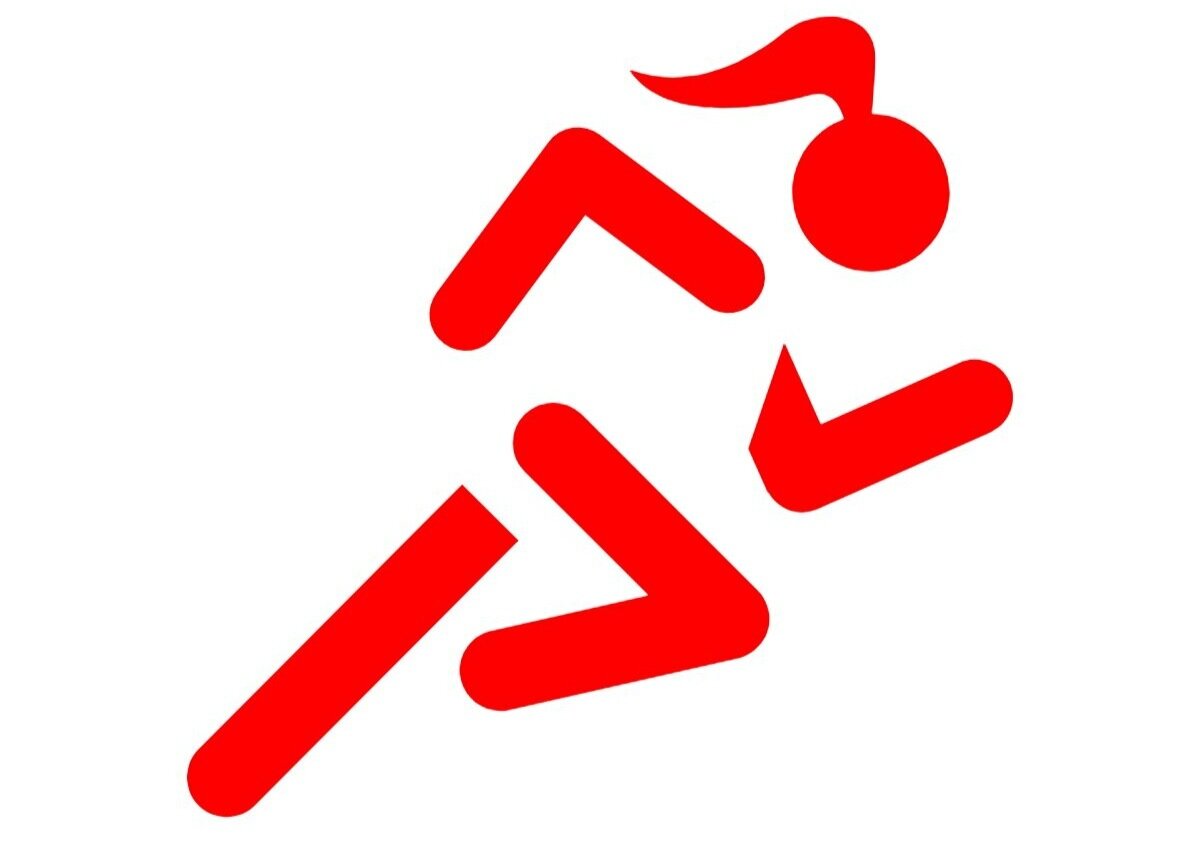Blisters
Midway through a run there’s an itchy feeling on your foot. You start shuffling your foot around in the shoe and debate whether you need to stop. You carry on. The feeling doesn’t go away and before you know it, you’re describing it as “a bit sore”. It’s a blister. If you’re susceptible to blisters you may well have a strategy to manage them already, but if you’re a new runner or for some reason you’re starting to get blisters, read on for some tips to prevent them.
Socks:
You may think that shoes are the biggest factor in causing blisters, but I have always found socks to be the culprit. There are so many types of socks available so make sure you get some running specific socks. These may be double layered, can be short or long and any colour you like! Try some different pairs out and find one that you like. Don’t wear them for the first time on a long run, but break them in gently and they will serve you well. They should wick moisture away from your foot which can contribute to blisters.
Shoes:
New shoes always have the chance to cause blisters so take some time to wear your shoes in (even if they are the same make/model as your last pair). When buying shoes make sure they are big enough – your feet will get hot and swell when you run so you need enough space to accommodate this. You can also change the way you lace your shoes to suit your foot shape better. You don’t want your foot to be moving about too much in your shoe (as this can lead to other injuries as well as blisters) but neither do you want your shoes too tight.
Tape:
If you know you’re susceptible to blisters then you can pre-tape your feet to prevent the friction that causes blisters. Duct tape, zinc oxide tape, micropore tape can all work to prevent blisters and damage to your skin. Other options include Vaseline, anti-rub gel or even talcum powder to keep your feet dry.
If you do find yourself with a blister, give yourself sometime for it to heal. Without this time you risk infection and altering your running style to prevent additional pressure on it, which in turn leads to other injuries as your body compensates.
